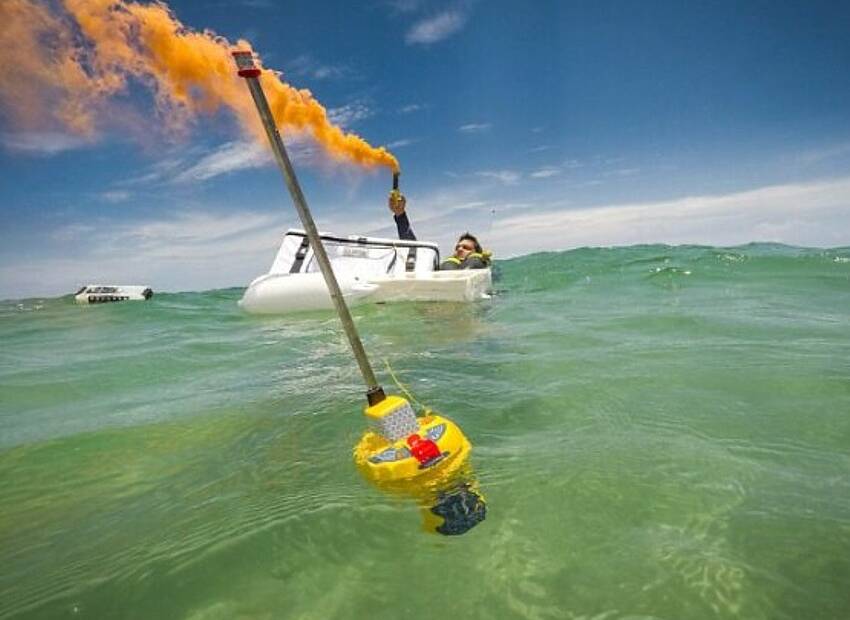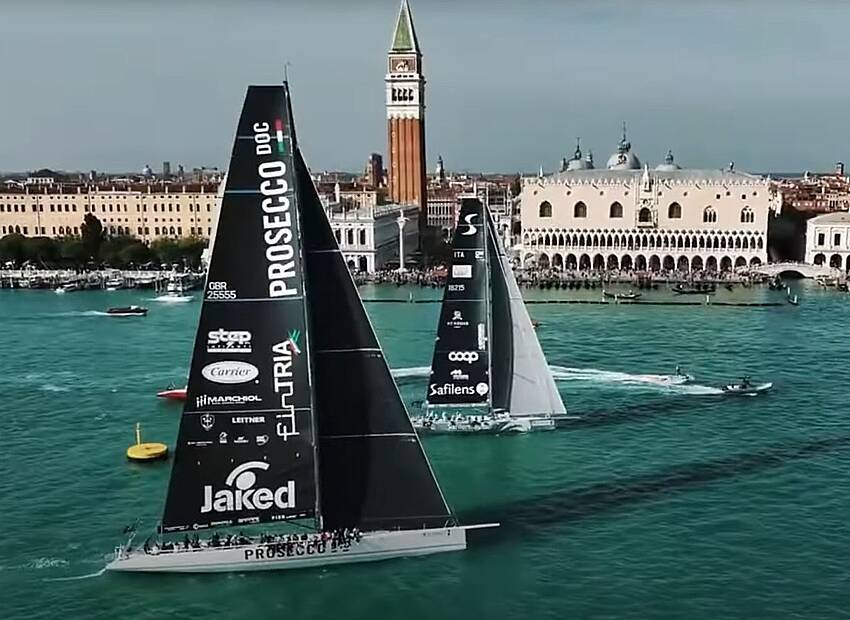The Automatic Identification System (AIS) which has been mandatory for commercial shipping since 2004, is now also available for yachts. Practically all the major yacht electronics manufacturers are working with AIS and presenting not only receivers, but also AIS transponders (transmitters) for yachts. The importance of these units for the safety of yacht crews is comparable with that of special radar systems developed for sports boats, successfully launched a few years ago.
AIS is used by commercial vessels to transmit data at frequent intervals, including data of their identification code, position, speed and course. These data are for reception by any other vessel, including yachts of course. Originally there was only a tabular display of data provided, which meant interpretation was difficult, but now navigation programs and chart plotters have been developed that permit direct graphic display on the screen.
The new safety system, designed to prevent collisions among other things, works so well that all ship monitoring in the Kiel Canal, for example, is done with this technique. This has practically eliminated the need for traffic controllers that observed and regulated shipping traffic at nodal points.
AIS yacht transponders make the use of sporting boats safer, especially in heavy-traffic areas. The yacht units are designed to give priority to larger and faster vessels. This ensures that, even in popular cruising waters, the purpose of the AIS is fulfilled, i.e. to give information on the movements of commercial vessels.
What is the Automatic Identification System (AIS)?
Picture a shipboard radar display, with overlaid electronic chart data, that includes a mark for every significant ship within radio range, each as desired with a velocity vector (indicating speed and heading). Each ship "mark" could reflect the actual size of the ship, with position to GPS or differential GPS accuracy. By "clicking" on a ship mark, you could learn the ship name, course and speed, classification, call sign, registration number, MMSI (Maritime Mobile Service Identities), and other information. Maneuvering information, closest point of approach (CPA), time to closest point of approach (TCPA) and other navigation information, more accurate and more timely than information available from an automatic radar plotting aid, could also be available. Display information previously available only to modern Vessel Traffic Service operations centers could now be available to every AIS-equipped ship.
With this information, you could call any ship over VHF radiotelephone by name, rather than by "ship off my port bow" or some other imprecise means. Or you could dial it up directly using GMDSS equipment. Or you could send to the ship, or receive from it, short safety-related email messages.
The AIS is a shipboard broadcast system that acts like a transponder, operating in the VHF maritime band, that is capable of handling well over 4,500 reports per minute and updates as often as every two seconds. It uses Self-Organizing Time Division Multiple Access (SOTDMA) technology to meet this high broadcast rate and ensure reliable ship-to-ship operation.
Sources: Hanseboot, US coastguard
Related articles

Glomex satellite TV antenna
Glomex satellite TV antennas are developed to offer the perfect solution for receiving all FULL HD and 4K channels and ensuring high performance standards of signal reception





















